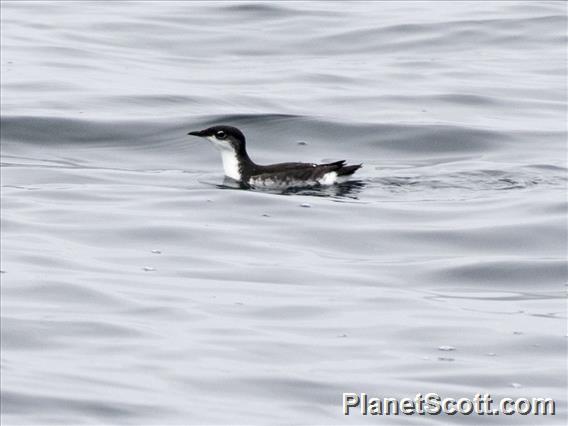Scripp's Murrelet (Synthliboramphus scrippsi)

Scripp's Murrelet (Synthliboramphus scrippsi)
×


Scripp's Murrelet (Synthliboramphus scrippsi)
About Scripp's Murrelet (Synthliboramphus scrippsi)
- Kingdom: Animals
- Phylum: Chordates
- Class: Birds
- Order: Shorebirds and Allies
- Family: Auks, Murres, Guillemots, and Puffins
Not Available
Trips
No trip reports available.Visits
-
2015-02-21Half Moon Bay - Pillar Point, United States of America
-
2015-08-23Farallones Marine Sanctuary, United States of America


